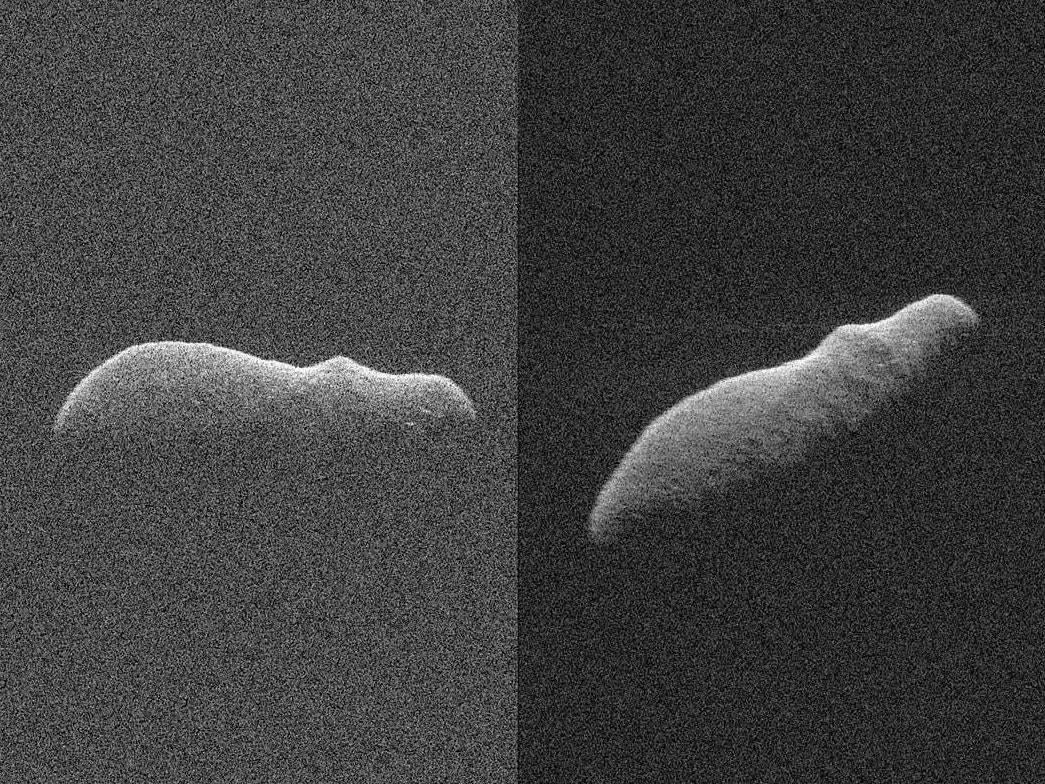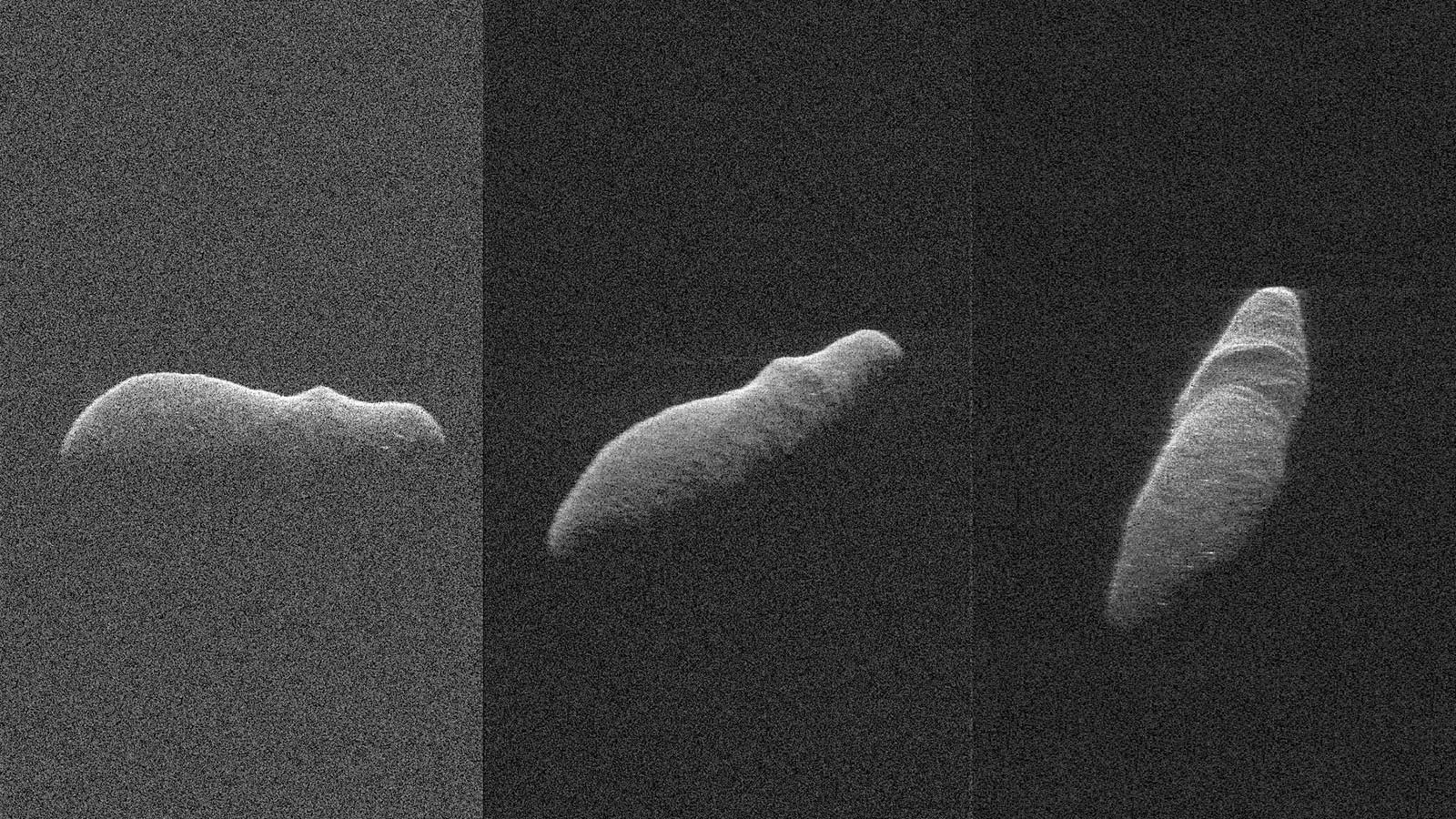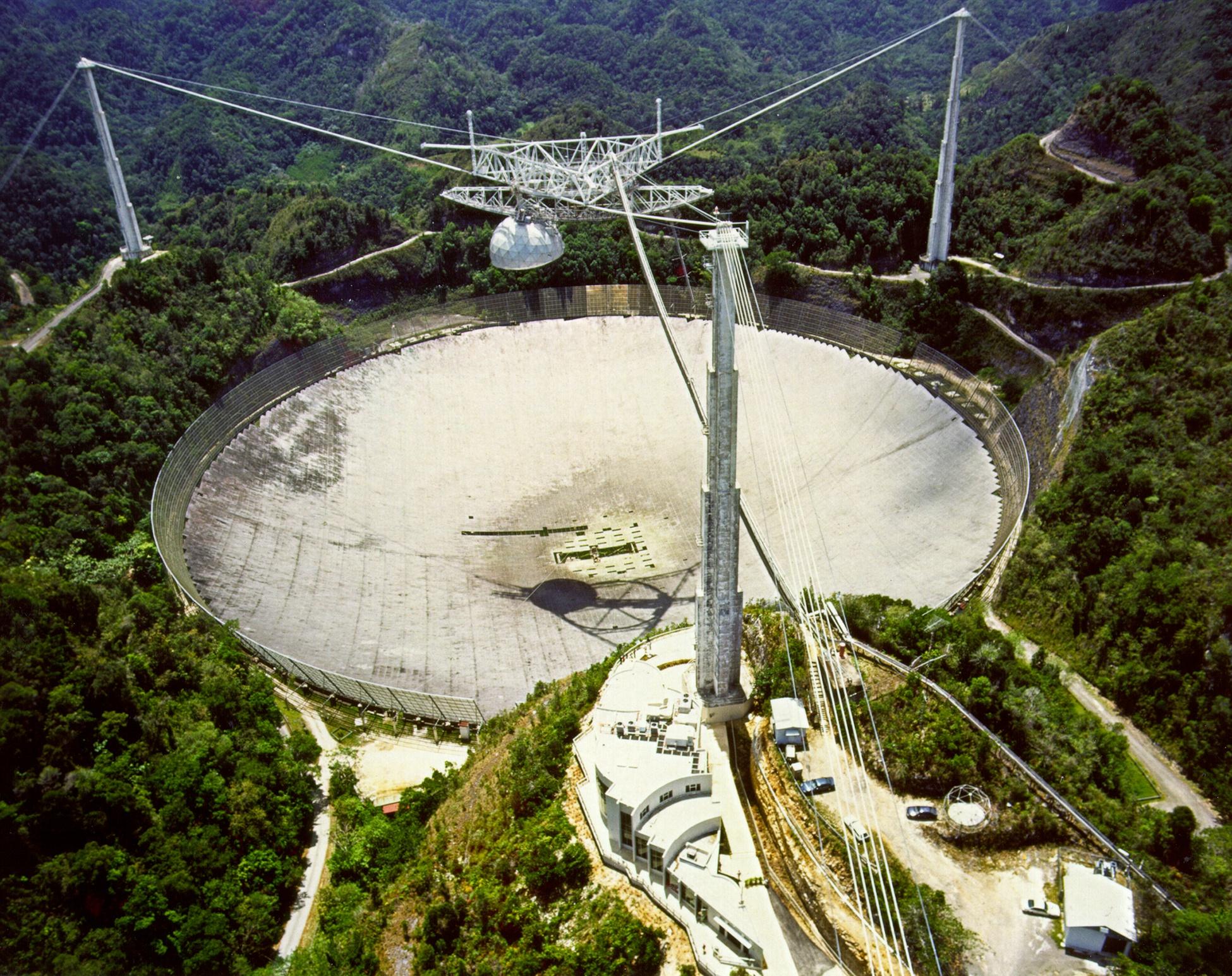Hippo-shaped asteroid skims past Earth on closest approach for 400 years
Mile-long rock shaped like water-loving pachyderm is rotating lazily through space under close watch by scientists who feared it could be on a collision course

Your support helps us to tell the story
From reproductive rights to climate change to Big Tech, The Independent is on the ground when the story is developing. Whether it's investigating the financials of Elon Musk's pro-Trump PAC or producing our latest documentary, 'The A Word', which shines a light on the American women fighting for reproductive rights, we know how important it is to parse out the facts from the messaging.
At such a critical moment in US history, we need reporters on the ground. Your donation allows us to keep sending journalists to speak to both sides of the story.
The Independent is trusted by Americans across the entire political spectrum. And unlike many other quality news outlets, we choose not to lock Americans out of our reporting and analysis with paywalls. We believe quality journalism should be available to everyone, paid for by those who can afford it.
Your support makes all the difference.A mile-long, hippo-shaped asteroid which scientists have been tracking because of a potential collision risk with Earth has skimmed by on its closest approach for more than 400 years.
Astronomers caught the closest glimpse of near-Earth asteroid 2003 SD220 to date, with radar images revealing an uncanny resemblance to a “hippopotamus wading into a river”.
On Saturday the asteroid flew past at a distance of 1.8 million miles away from Earth and a closer pass will not occur until 2070.
SD220 was discovered in 2003 and is one of a number of “near-Earth objects” kept under close surveillance by astronomers because of the risk it may come too close for comfort.
It had been defined as a “potentially hazardous asteroid” because of its size and close approach, but the new radar images have allowed experts to conclude it is not on a collision course.

"The radar images achieve an unprecedented level of detail and are comparable to those obtained from a spacecraft flyby,” said Lance Benner of the Jet Propulsion Laboratory in Pasadena, California, who led the observations.
“The most conspicuous surface feature is a prominent ridge that appears to wrap partway around the asteroid near one end.
“The ridge extends about 330 feet (100 metres) above the surrounding terrain. Numerous small bright spots are visible in the data and may be reflections from boulders.
“The images also show a cluster of dark, circular features near the right edge that may be craters.”
The images were achieved by coordinating three massive radio telescopes: Nasa’s 70-metre diameter antenna at the Goldstone Deep Space Communications Complex in California, the National Science Foundation’s 100m antenna in West Virginia, and Puerto Rico's Arecibo Observatory, which has a diameter of 305 metres and featured in closing scenes of the film Goldeneye.

They confirm scientists’ suspicions from early images that SD220 has an unusual type of spin. It rotates slowly, once every 12 days, but rather than spinning around its shortest axis – the most common feature of near-Earth asteroids, it has an apparently wobbly spin like a poorly thrown rugby ball.
Understanding this pattern has helped refine its movements and safely discount the risk of a collision.
Join our commenting forum
Join thought-provoking conversations, follow other Independent readers and see their replies
Comments